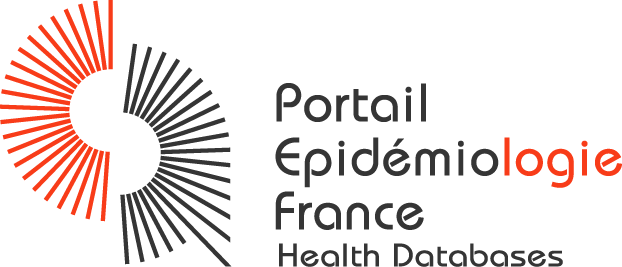The catalog contains the description of the main databases in public health in France
 ITMO public health
ITMO public health

November 03 2015
To identify all new cancer cases in individuals living in New Caledonia.
November 02 2015
To identify all new cancer cases among individuals living in French Polynesia.
To conduct descriptive, analytic and evaluative epidemiological work with this data.
Assessment of healthcare and diagnostic practices.
Assessment of screening practices.
Participation in etiological and prognostic research.
November 02 2015
To identify activity data from French memory centres and voluntary independent physicians.
November 02 2015
The main objective is to describe progress and treatment for HIV/HCV coinfected individuals with first hepatic decompensation (HCC): frequency, type of hepatic decompensation, rate of liver function deterioration, percentage of patients that are included on the transplant list, percentage of patients that have had grafts, etc.

The catalog contains the description of the main databases in public health in France

You wish to share the information about your database with researchers and experts in public health?
Partners - FAQ - Contact - Site map - Legal notices - Administration - Updated on December 15 2020 - Version 4.10.05